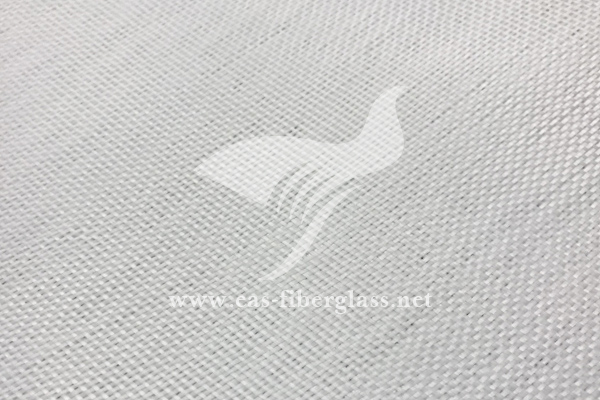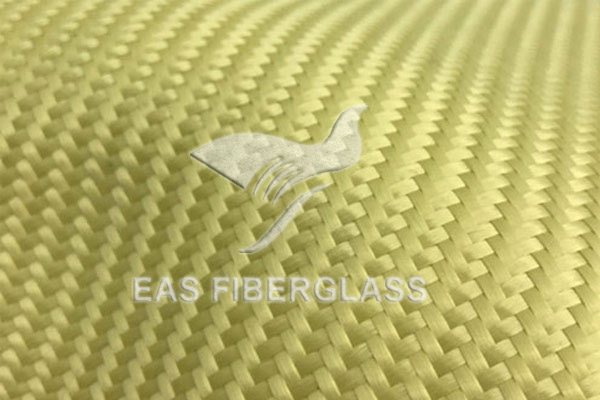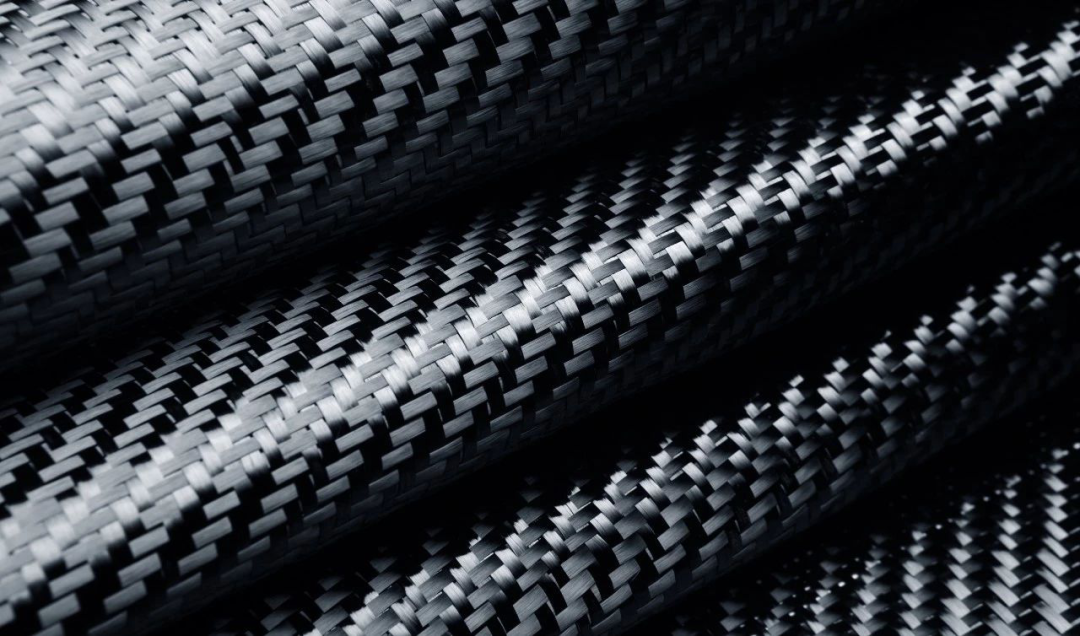The physical properties of composites are dominated by the fibers used in their construction. When resins and fibers are combined, the resulting material properties closely mirror those of the individual fibers. Test data indicates that fiber-reinforced materials bear the majority of the load in composite structures, making the selection of the appropriate fabric critical in composite design.
Start by determining the type of reinforcement needed for your project. Typically, manufacturers choose from three common types of reinforcement: glass fiber, carbon fiber, and Kevlar® (aramid fiber). Glass fiber is often the universal choice, carbon fiber provides high stiffness, and Kevlar® offers high abrasion resistance. Additionally, fabric types can be combined in laminates to form hybrid stacks, leveraging the benefits of multiple materials.

Fiberglass is foundational to the composites industry, having been used in various applications since the 1950s. Its properties are well understood, and it is lightweight with moderate tensile and compressive strength. Fiberglass can withstand damage and cyclic loading and is easy to handle. Products made from fiberglass are known as fiberglass reinforced plastic (FRP) products and are common in many areas of life.
Fiberglass filaments are produced by melting quartz and other ore materials at high temperatures into a glass slurry, which is then pulled into high-speed filaments. Fiberglass has advantages such as heat resistance, corrosion resistance, and good insulation, but it shares the disadvantage of brittleness and poor ductility with carbon fiber, and it is not wear-resistant. It is widely used in fields requiring insulation, heat preservation, and corrosion resistance.
Fiberglass is the most widely used composite due to its relatively low cost and moderate physical properties. It is suitable for everyday projects and parts that do not require the highest levels of strength and durability. To maximize its strength properties, fiberglass should be used with epoxy resins and cured using standard lamination techniques. It is commonly used in the automotive, marine, construction, chemical, and aerospace industries, as well as in sporting goods.

Aramid fiber fabrics, often referred to as Kevlar fabric, are woven fabrics made from aramid fibers. Aramid fiber is a high-tech chemical compound known for its high strength, high-temperature resistance, corrosion resistance, and lightweight. It is a key material in the defense industry, with extensive use in bulletproof equipment and flight gear.
Aramid fibers were among the first high-strength synthetic fibers to gain acceptance in the fiber-reinforced plastics (FRP) industry. Composite-grade para-aramid fibers are lightweight, have excellent specific tensile strength, and are highly resistant to impact and abrasion. Common applications include lightweight hulls for kayaks and canoes, aircraft fuselage panels, pressure vessels, cut-resistant gloves, and bulletproof vests. Aramid fibers are typically used with epoxy or vinyl ester resins.

With a carbon content exceeding 90%, carbon fiber boasts the highest ultimate tensile strength in the FRP industry. It also has the greatest compressive and flexural strengths. These fibers are processed and combined to form carbon fiber reinforcements such as fabrics and tows.
Carbon fiber reinforcement offers high specific strength and stiffness and is typically more expensive than other fiber reinforcements. To maximize its strength properties, carbon fiber should be used with epoxy resins and cured using standard lamination techniques. It is ideal for automotive, marine, and aerospace applications and is also commonly used in sporting goods.
By carefully selecting the right type of reinforcement for your project, you can ensure that your composite structure achieves the desired balance of strength, durability, and cost-effectiveness.